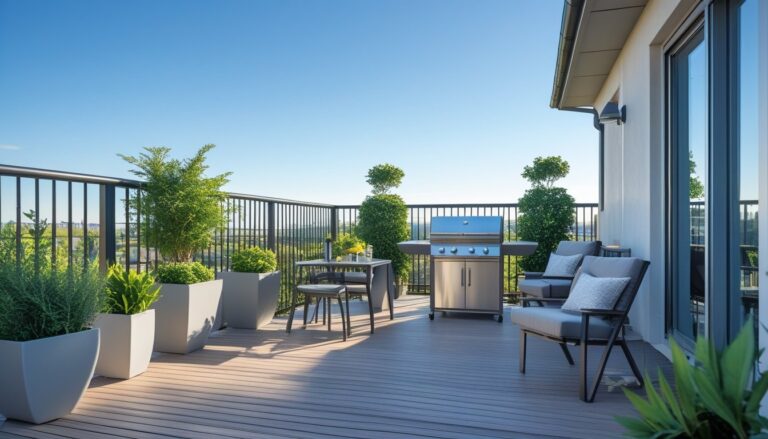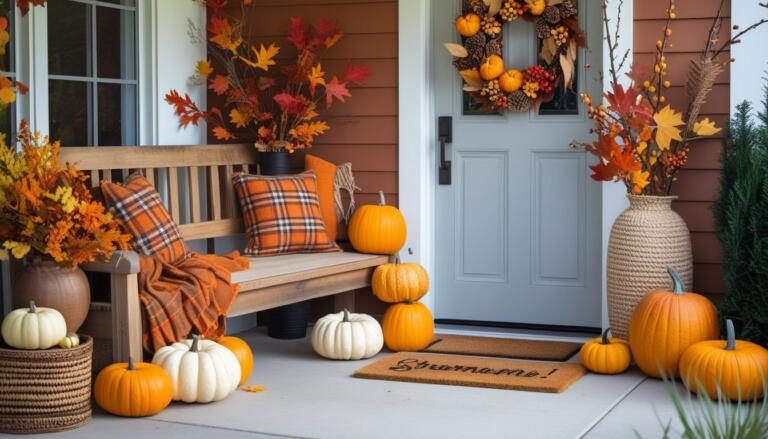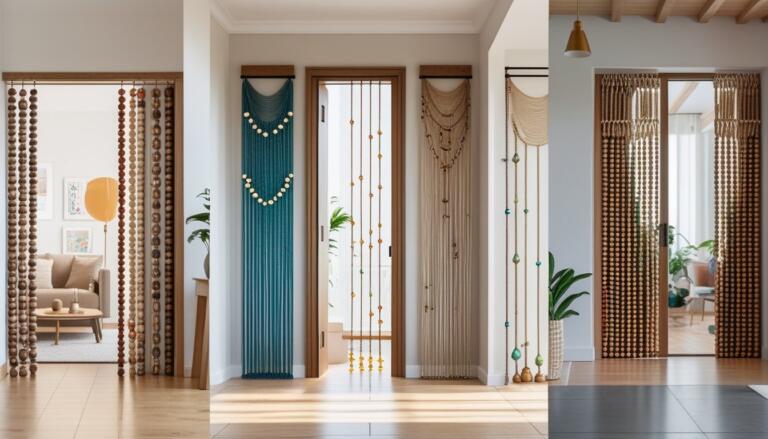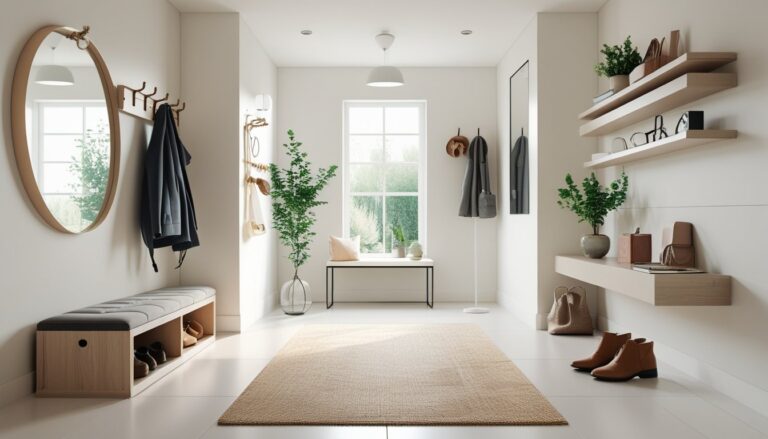Stylish Balcony Railing Designs with 7 Perfect Solutions for Enhanced Appeal
Balcony railings play an important role in both the safety and style of outdoor spaces. Choosing the right design can improve the look of a balcony while also providing secure boundaries. There are many options available that suit different home styles and personal preferences.

The best balcony railing designs balance aesthetic appeal with safety features to enhance any outdoor area. This article highlights seven popular railing designs, offering ideas that fit a range of tastes and needs.
1) Glass Panel Railings for unobstructed views
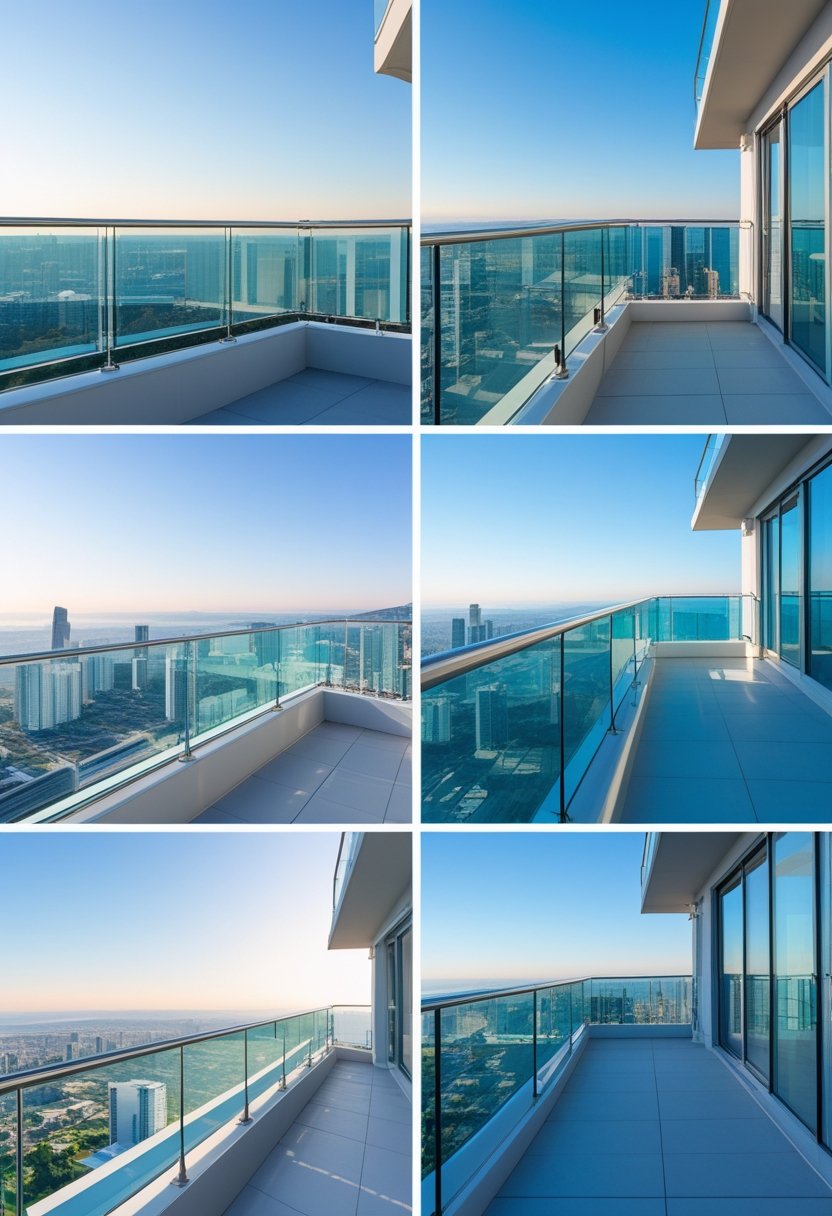
Glass panel railings offer clear sightlines, making them ideal for balconies where a view is important. They use large glass sections held by metal or minimal framing.
This design provides safety without blocking the surrounding scenery. It also lets natural light pass through, brightening the space.
Often made with tempered glass, these railings meet safety standards. They fit well with modern and minimalist styles, giving the balcony a clean, open look.
2) Wrought Iron Railings with intricate designs

Wrought iron railings often feature detailed patterns like scrolls, leaves, and spirals. These designs add a classic and elegant look to balconies.
They combine strength with style, making the balcony both safe and visually interesting. Many designs are inspired by Victorian or traditional themes.
The metal allows for creative shapes, giving homes a unique architectural touch.
3) Wooden Railings for rustic charm
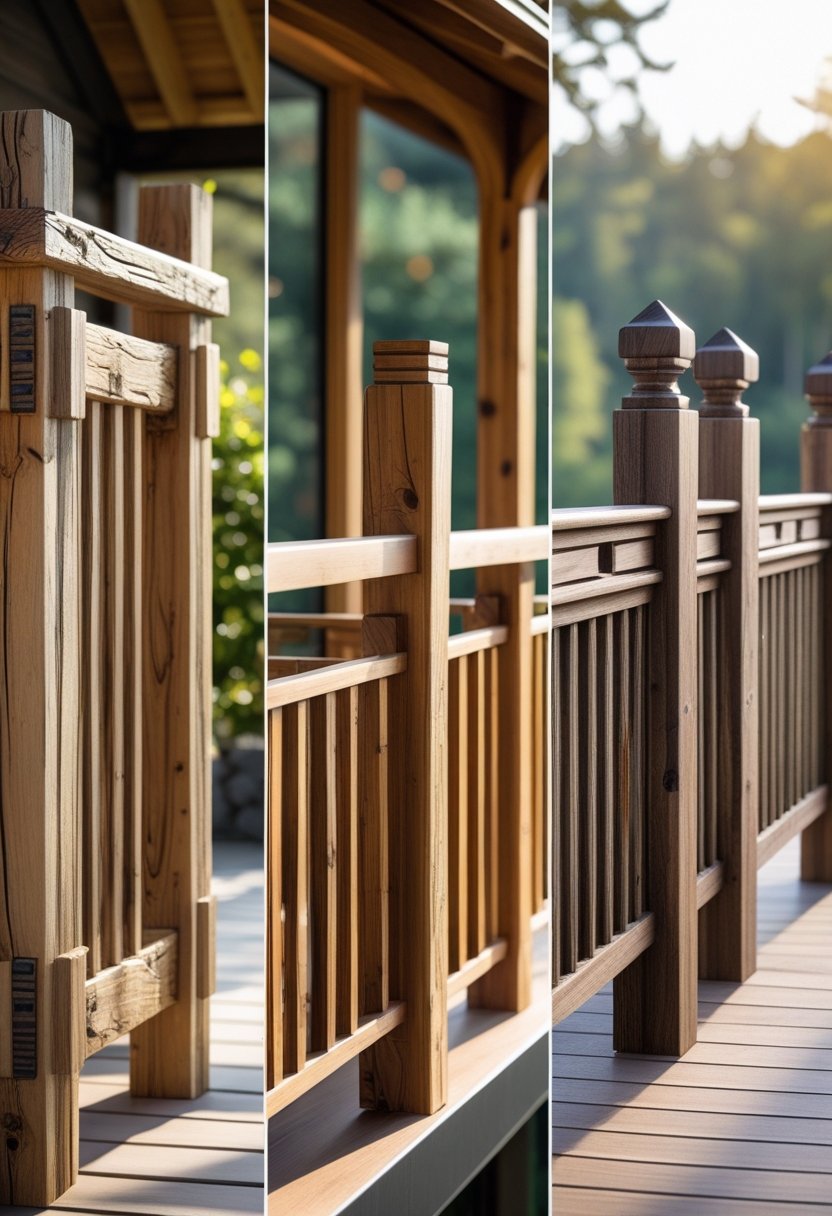
Wooden railings add a natural look to any balcony. They fit well with rustic and farmhouse styles.
These railings often use logs or rough-hewn wood. This shows natural grain and texture.
Wood is durable when treated properly. It creates a warm and inviting outdoor space.
4) Stainless Steel Cable Railings for modern minimalism

Stainless steel cable railings offer a clean, minimalist look. They use thin steel cables that provide safety without blocking views.
These railings are strong and weather-resistant, making them suitable for outdoor use. They fit well with modern home designs.
The simple lines of cable railings create an open and airy feeling on balconies. This style suits those who prefer subtle and sleek aesthetics.
5) Aluminum Railings with powder-coated finish
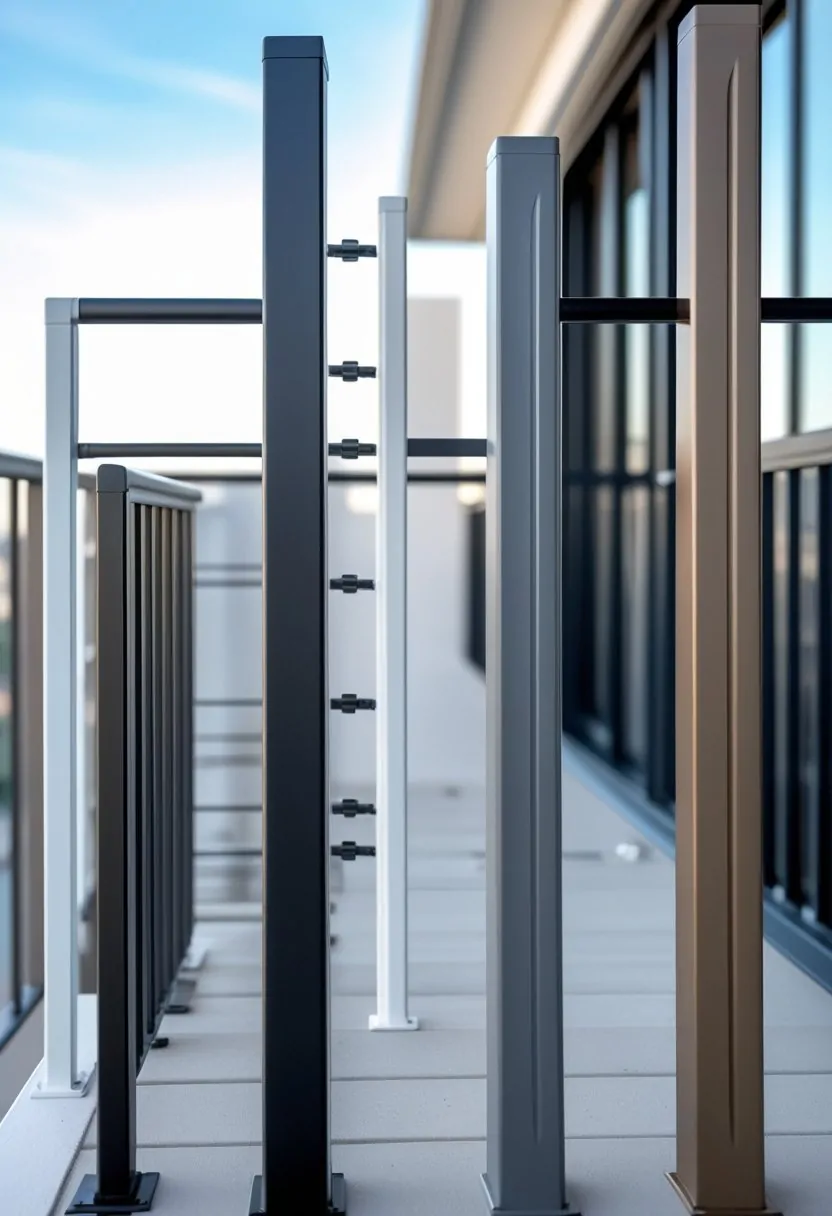
Aluminum railings are known for their strength and low maintenance. The powder-coated finish adds a durable layer that resists chipping, peeling, and fading.
This coating comes in many colors, allowing customization to match different styles. It is applied by electrostatic grounding, which helps the powder adhere evenly before heating.
These railings are lightweight but sturdy, making them suitable for balconies. They often meet building codes and come with long-lasting warranties for peace of mind.
6) Frosted Glass Railings for added privacy
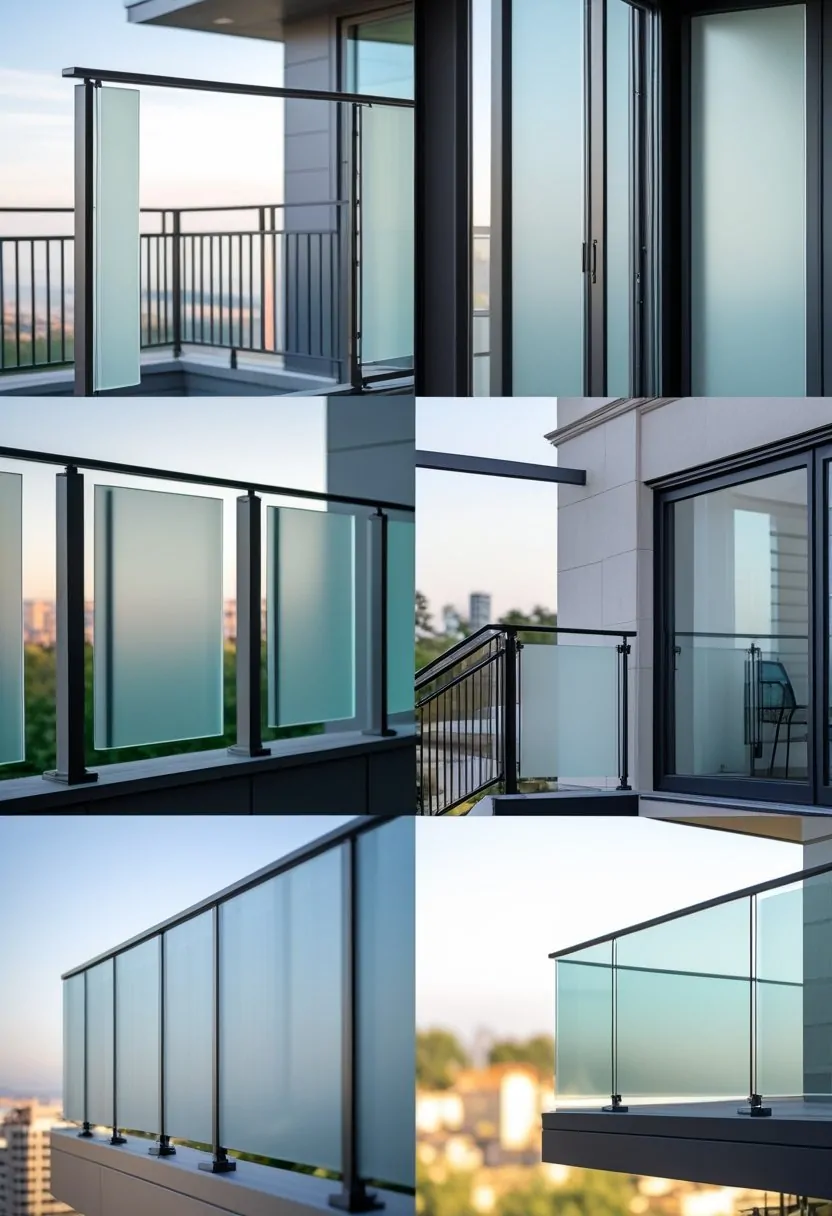
Frosted glass railings provide a practical way to increase privacy on balconies. They allow light to pass through while blocking clear views from outside.
These railings are versatile and fit many design styles. They can cover the entire balcony or be used as a creative accent.
Frosted glass is also low maintenance and durable. It offers a balance between privacy and modern aesthetics without sacrificing safety.
7) Ornate Metal Railings with Classic Elegance
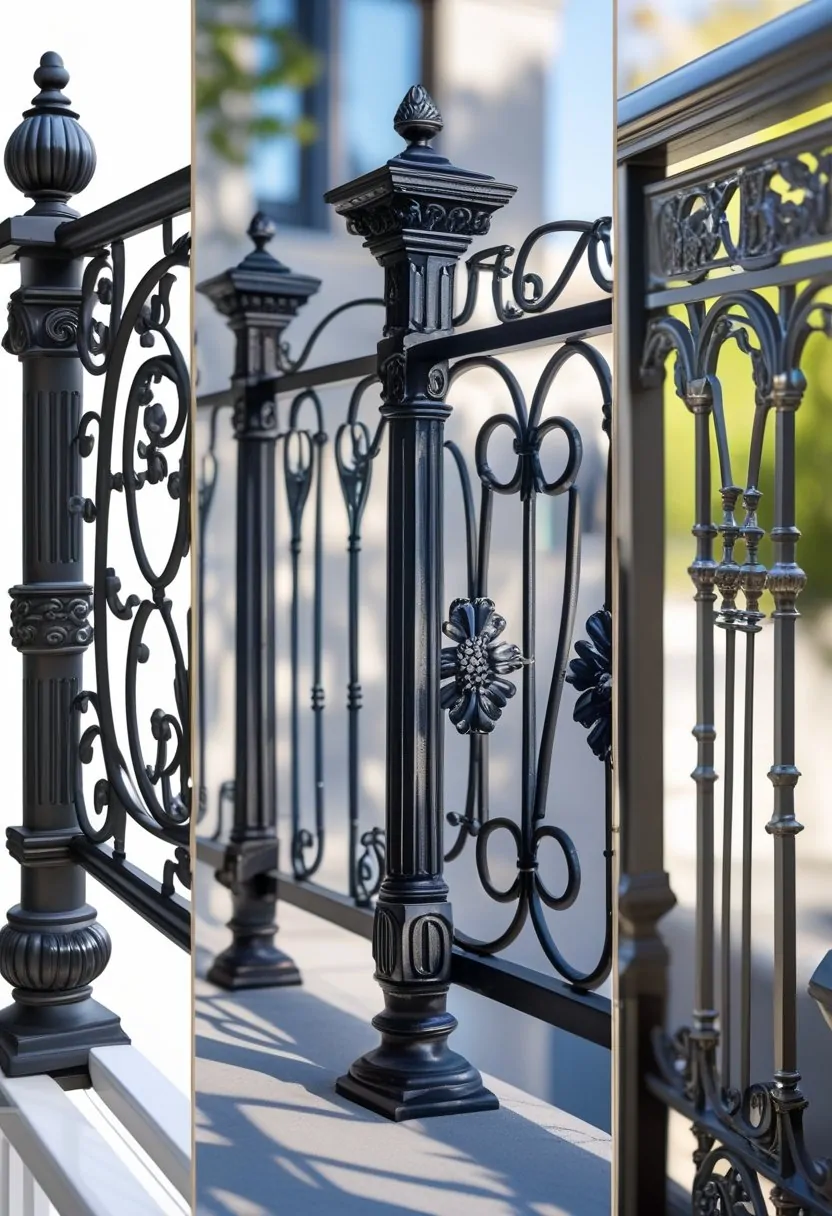
Ornate metal railings add a timeless look to any balcony. They often feature detailed patterns like scrolls, leaves, and spirals. These designs reflect traditional craftsmanship and bring a sense of history to a home.
The metal used is strong and long-lasting, providing safety without losing style. Their classic black or dark finishes fit many architectural styles. This type of railing works well for those who want elegance with durability.
Key Considerations for Choosing Balcony Railing Designs
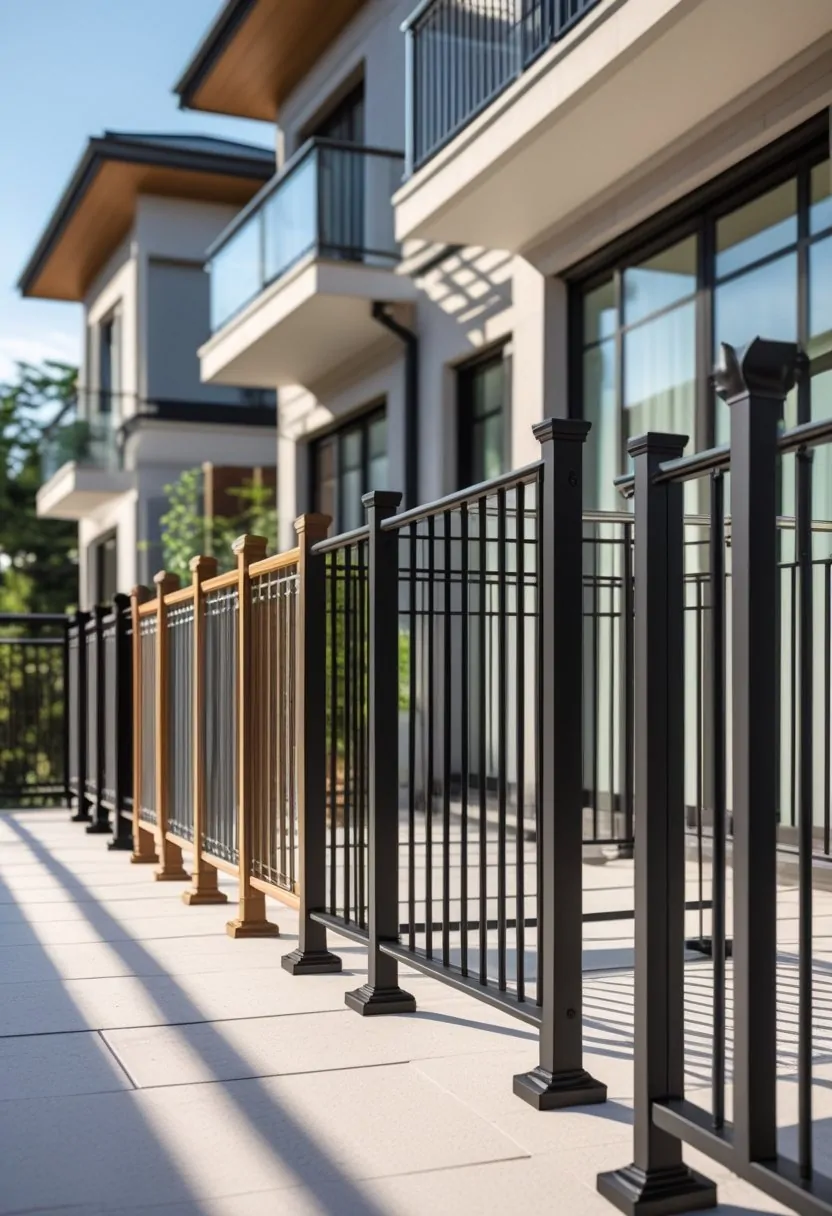
Choosing a balcony railing means weighing factors like safety rules, the lifespan of materials, and how well the design fits the home’s style. Each factor impacts how the railing functions and how it looks.
Safety and Building Codes
Safety is the main concern when picking a balcony railing. Local building codes set rules on railing height, gaps between balusters, and strength requirements to prevent falls. For example, many places require railings to be at least 36 to 42 inches tall.
The spacing between vertical bars should often be less than 4 inches to keep children safe. The railing must also handle pressure from people leaning or pushing on it.
Checking local codes before choosing materials or styles is key. A railing that meets standards ensures the balcony is safe and avoids costly repairs or replacements.
Material Durability and Maintenance
Balcony railings face sun, rain, wind, and temperature changes. Some materials last longer and need less upkeep than others.
Common options:
- Metal (steel, aluminum): strong and often rust-resistant if treated. Needs occasional painting to avoid corrosion.
- Wood: offers a classic look but needs regular sealing or staining to prevent rot and warping.
- Glass: toughened or laminated panels provide clear views but need frequent cleaning.
- Composite materials: blend durability and low maintenance but cost more.
Choosing the right material depends on the climate, the homeowner’s willingness to maintain, and the desired lifespan of the railing.
Aesthetic Integration with Architecture
A balcony railing should match the home’s style to enhance its appearance. Modern homes often use sleek glass or metal railings for a clean look.
Traditional houses might fit better with wood or wrought iron railings featuring decorative details. The color and finish also affect the overall design harmony.
Balcony railings can create a statement or blend silently with the building. Designs like horizontal bars give a contemporary feel, while vertical balusters feel more classic.
Selecting a style that aligns with the home’s architecture ensures the railing adds value and looks natural.
Installation and Maintenance Best Practices
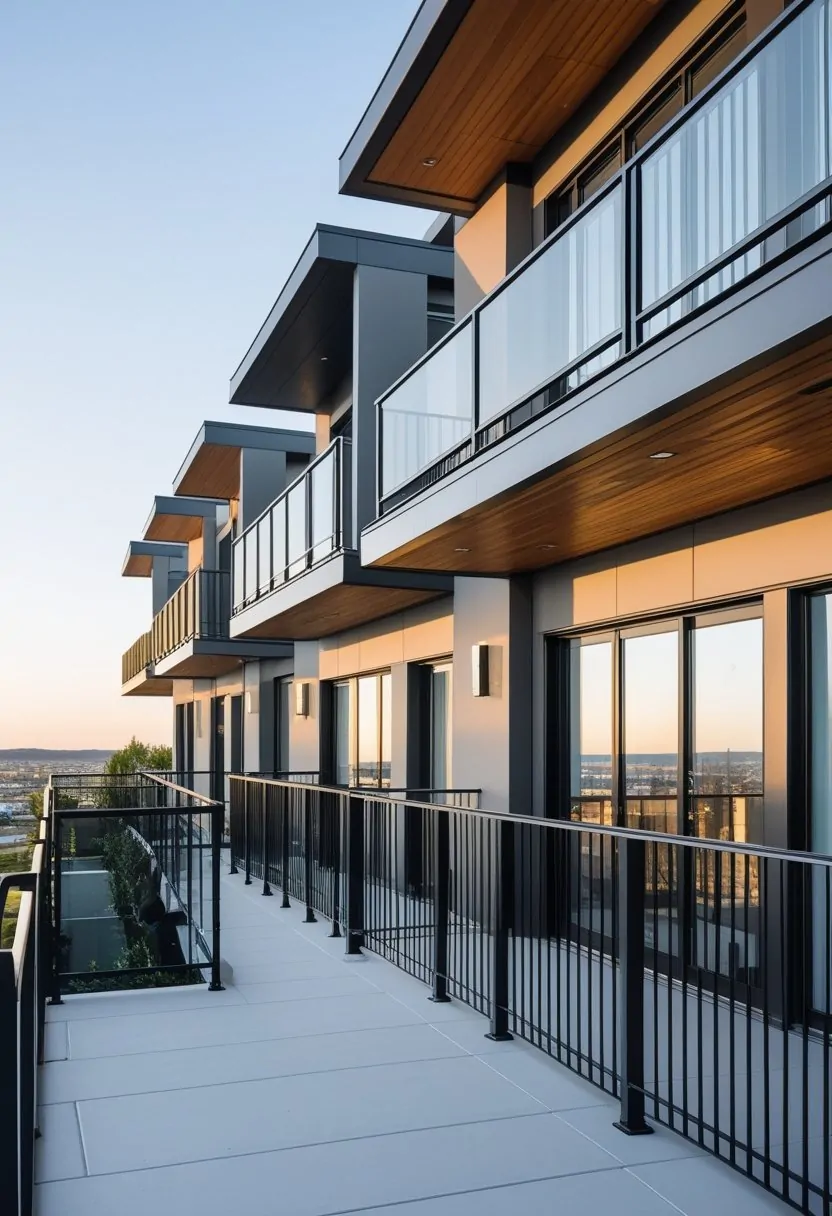
Proper installation and regular upkeep ensure balcony railings stay safe and attractive. Knowing when to hire a pro or attempt a DIY job can affect the quality and safety. Protecting railings from weather damage extends their life and reduces maintenance needs.
Professional vs. DIY Installation
Professional installation guarantees that railings meet safety codes and are securely anchored. Experts use the correct tools and techniques to avoid errors that could cause weakness or accidents.
DIY installation can save money but requires careful measurement, drilling, and securing. It is best for those with some experience in carpentry or metalwork. Mistakes during DIY work may lead to unstable railings and costly repairs later.
Choosing the right method depends on budget, skill level, and time. Professionals also provide warranties for their work, which DIY projects do not.
Weather Resistance Strategies
Balcony railings face sun, rain, wind, and sometimes snow. Materials like stainless steel, aluminum, and treated wood resist rust and decay better than untreated metals or natural wood.
Applying protective coatings such as paint, sealant, or powder coats helps block moisture and UV rays. Regular cleaning removes dirt and prevents buildup that causes damage.
Inspecting railings seasonally for cracks, rust, or loose parts allows for early repairs. Tightening screws and touching up finishes maintains strength and appearance.
Frequently Asked Questions

Balcony railings come in various materials and styles that balance aesthetics with safety. Choosing the right material impacts the look, durability, and maintenance needs. Safety rules guide how railings must be built to protect users.
What are the popular materials for contemporary balcony railings?
Common materials include glass panels for clear, open views. Wrought iron offers detailed, decorative designs. Stainless steel cable railings create a sleek, modern look. Aluminum with powder-coated finishes is durable and low-maintenance. Wood provides natural warmth but requires upkeep.
How can wood be incorporated into modern balcony railing designs?
Wood can be used as the main material or combined with metal or glass for contrast. Modern designs often feature clean lines and smooth finishes. Wood can also be treated to resist weather damage. It adds a natural, rustic touch while fitting contemporary styles.
What safety considerations should be taken into account when designing a balcony railing?
Railings must meet height requirements to prevent falls. The gaps between balusters or panels should be small enough to stop children or pets from slipping through. Strong, durable materials are essential to hold up under pressure. Local building codes set specific safety standards that must be followed.


